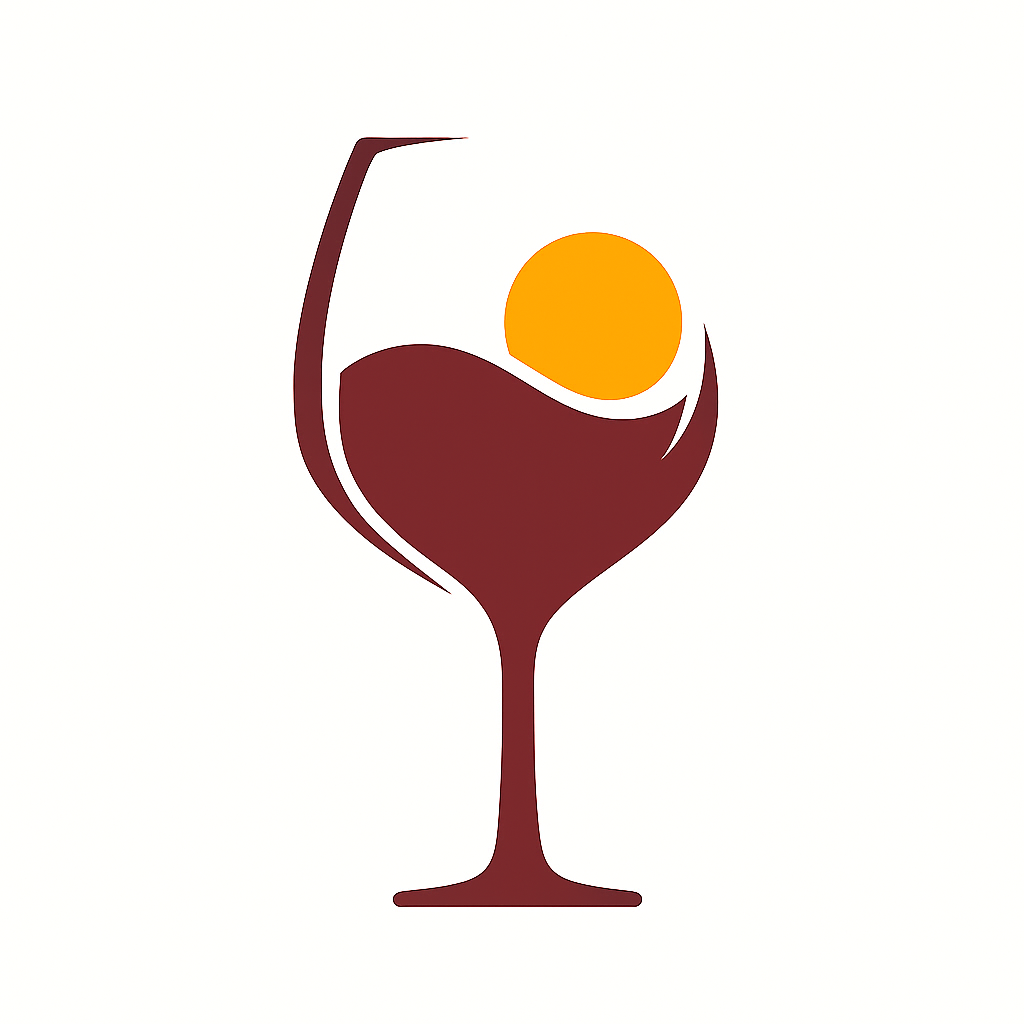Before wine reaches your favorite bar, bottle shop, or tasting event, it moves through a quiet but powerful system: the 3-tier structure. Florida enforces this framework, and it plays a major role in shaping how wine gets to St. Pete—and which bottles actually make it here.
Here’s what you need to know.
Jump to
What Is the 3-Tier System?
After Prohibition ended in 1933, the 21st Amendment gave states the power to regulate alcohol sales—and most, including Florida, adopted a 3-tier system. Designed to prevent monopolies and overconsumption, this structure still defines how wine moves through the state today.
In Florida, it looks like this:
- Tier 1: Producers/Importers
These are the wineries, breweries, and distilleries—along with the importers who bring in products from abroad. - Tier 2: Distributors (Wholesalers)
Licensed middlemen who buy from producers and sell to retailers. In Florida, producers are not allowed to sell directly to retailers or bars—distributors are legally required. - Tier 3: Retailers (Shops, Restaurants, Bars)
These are the businesses that sell to you, the consumer—whether it’s by the bottle or the glass.
Retailers in Florida can’t buy directly from a winemaker or vineyard. Everything must go through a licensed distributor.
Why It Matters in St. Pete
This setup may seem invisible, but it impacts everything from what wines show up at your local bottle shop to the prices you pay.
1. Choice Is Filtered by the Middle Tier
Distributors decide what to carry based on availability, demand, and margin. That means even if a St. Pete shop wants to support a small, biodynamic producer from Spain, they can only do so if a Florida distributor carries it. No distributor? No dice.
2. Smaller Distributors = More Curated Selections
Some wine bars and shops in St. Pete work closely with boutique distributors who specialize in natural, organic, or lesser-known wines. These relationships allow places like CellarMasters, Hawthorne, and Book + Bottle to build lists with real personality—not just what the big guys push.
3. It Affects Tastings and Events
If you’ve ever wondered why some wine tastings lean heavily toward certain regions or brands, it’s often tied to what distributors are promoting. Distributors often provide the wines—and sometimes even staff or cover costs—for local tastings. That can be great for exposure, but it also means some events are more about sales than discovery.
Can a Bar or Shop Buy Direct from a Winery?
In Florida, no. Retailers and restaurants are not legally allowed to purchase wine directly from wineries or out-of-state producers. Everything must go through a licensed Florida distributor—even if the winery is just a few states away.
This rule applies across the board, with no exceptions for local shops, bars, or restaurants.
What About Buying Wine Online?
Some wineries are allowed to ship directly to Florida consumers, depending on the state and licensing—but that’s a different category. Direct-to-consumer (DTC) shipping laws are separate from the rules that apply to retail shops and bars.
How It Shapes the Local Scene
Understanding the 3-tier system helps explain why wine in St. Pete can feel both exciting and limited at the same time. We have some exceptional buyers and shop owners who know how to navigate the system and build thoughtful inventories despite the constraints. But it also means there are wines you’ve read about—or even tasted on vacation—that you simply can’t find here.
That’s not a lack of effort—it’s the structure.
Final Sip: What to Keep in Mind
- Florida’s 3-tier system is non-negotiable for local bars and shops.
- Distributors play a key role in what shows up in St. Pete—and what doesn’t.
- The best local spots build strong distributor relationships to offer more distinctive, story-driven wines.
- Supporting places that go the extra mile helps bring more dynamic wines into the city.
Want to drink outside the box? Start by supporting the people who stock their shelves and lists that way—even if it means asking your bartender where the wine came from.

